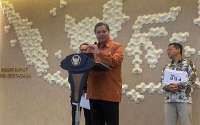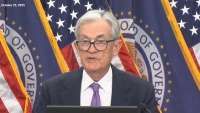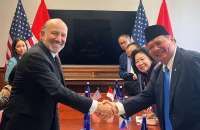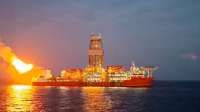NORTH KOREA - WASHINGTON/SEOUL. Nearly one year after U.S. President Donald Trump and North Korean leader Kim Jong Un last met, North Korea has returned to conducting short-range missile tests and issuing harsh rhetoric, while Washington shows little interest in easing sanctions.
The two leaders’ last meeting - at the Demilitarised Zone between the two Koreas - did little to break the deadlock in denuclearisation talks.
This has led to bouts of increased tension, though Trump - who once derided Kim as “Little Rocket Man” - has largely downplayed Pyongyang’s actions.
Here is a timeline of those developments:
June 12, 2018:
A summit in Singapore represented the first time a sitting American president met with a North Korean leader, but the statement that came out of the meeting was light on specifics, opting instead for general commitments.
Since the summit, North Korea has shown no tangible signs of a willingness to abandon its nuclear weapons, and experts have said it is believed to have continued development of its arsenal. Washington, at the same time, has sought to keep sanctions intact, leading North Korea to accuse the United States of clinging to hostile policies.
Feb. 28, 2019:
A second summit between Trump and Kim in Vietnam collapsed over sanctions relief, raising questions about the future of denuclearisation diplomacy.
June 30, 2019:
Trump and Kim then met again on the border between North and South Korea and agreed to restart negotiations, but working-level nuclear talks in Sweden in October broke off.
Dec. 3, 2019:
Raising tensions at year-end, Pyongyang warned Washington of a “Christmas gift” after Kim gave the United States until 2020 to propose new concessions in nuclear talks. Beyond a warning from Kim that the world would soon see a “new strategic weapon,” however, the deadline passed uneventfully.
March 2020:
North Korea launched a series of short-range missiles, its first such tests of the year. This drew U.S. and Chinese appeals for Pyongyang to return to talks, but there were no signs that any discussions materialized.
April/May 2020:
Kim’s disappearance from public sight led to several weeks of fevered speculation about his health, fuelling concerns in Washington and elsewhere about stability on the Korean Peninsula. The situation calmed in early May when state media said Kim had attended the completion of a fertilizer plant.
May 28, 2020:
The U.S. Justice Department accused North Korea’s state-owned bank of evading U.S. sanctions laws and charged 28 North Korean and five Chinese citizens in its largest crackdown on North Korea sanctions violations.
June 16, 2020:
North Korea blew up a liaison office in Kaesong used for joint talks after threatening action if defectors continued with a campaign sending propaganda leaflets into the North.
June 24, 2020:
State media announced that Kim had decided to suspend military action plans that North Korea had threatened to carry out against the South.
June 25, 2020:
Marking 70 years since the beginning of the 1950-1953 Korean War, North Korea’s foreign ministry released a report defending the country’s nuclear weapons programme and vowing to “never shrink from this road we have chosen.” State media, however, did not report any of the anti-U.S. mass rallies that have often been held on that anniversary in the past.
/2019/06/30/1007542856p.jpg)








